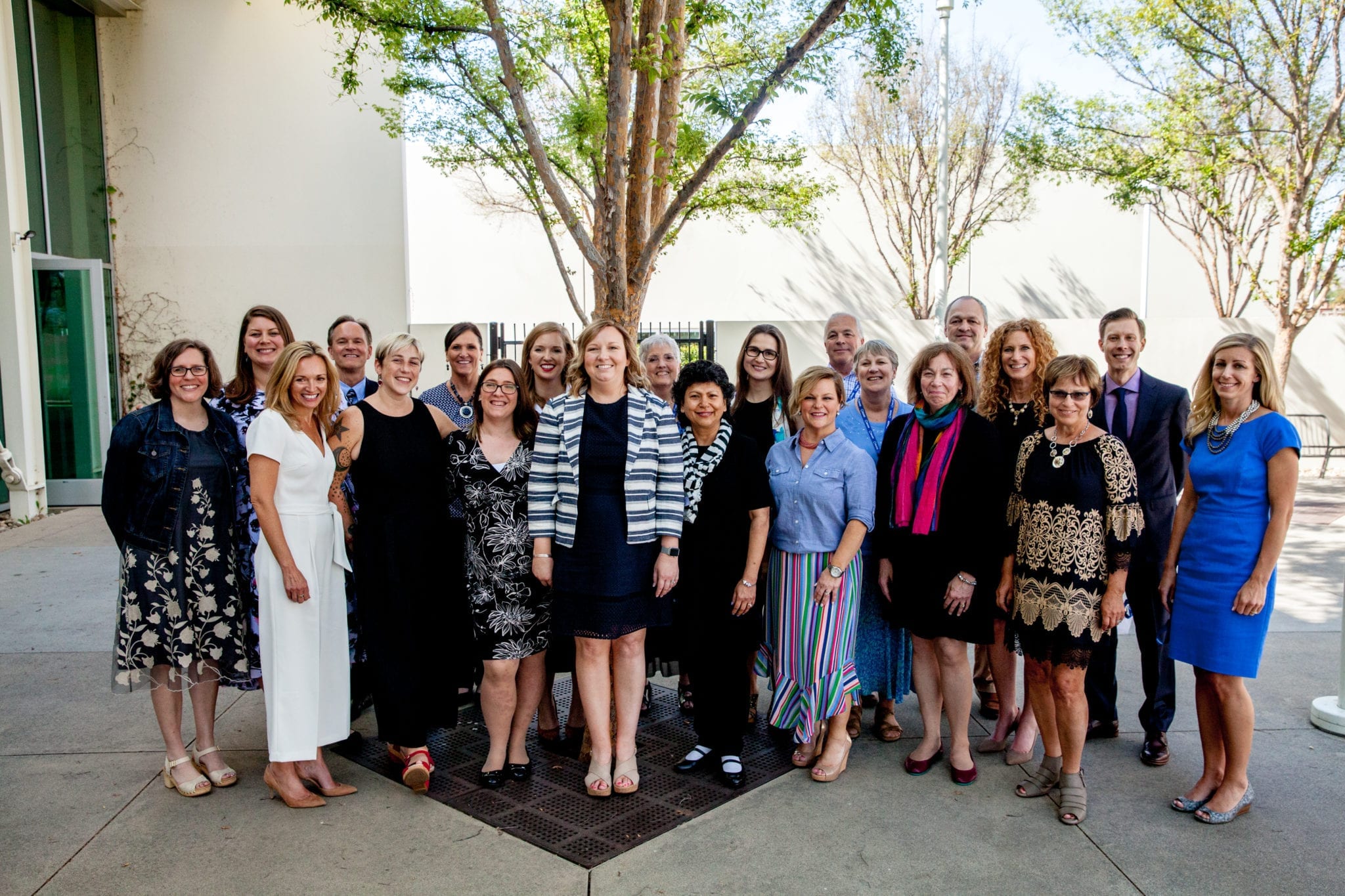In the spring of 1998, Angela Jerabek was a ninth-grade counselor at St. Louis Park High School, just outside of Minneapolis–and she was frustrated. “To be honest, I was about ready to quit,” she admits now.
It wasn’t that Angie (as her friends know her) had lost her passion for serving students. In fact, it was just the opposite: she couldn’t stand that about half of her freshmen were failing courses. Again. Just as they had the year before, and the year before that and, frankly, for each of her nearly five years at the school.
Angie tried everything she could think of. “I would call students in,” she recalls. “I identified the ‘at-risk’ kids. I met with teachers. I called parents. On and on.” But despite dedicated teachers and students who desperately wanted to succeed, the results hardly budged.
“The BARR model was rooted in the belief that great teaching starts with understanding every student as a learner and as an individual.”
So Angie walked into Principal Bob Laney’s office knowing that something had to change.
“I wasn’t about to let her quit,” says Laney. Instead, he put the challenge in perspective. About half of ninth graders around the country were failing courses. This wasn’t an Angela Jerabek problem, or a St. Louis Park problem, but a national problem. “He really challenged me to come up with a new model,” remembers Jerabek. And that’s exactly what she did.
Angie poured over the research and met with teachers, and by the next school year, had created a pilot of “Building Assets, Reducing Risks” (or BARR) – a new secondary school model built on two key pillars: relationships and data.
The BARR model is rooted in the belief that great teaching starts with understanding every student as a learner and as an individual. Using eight interlocking strategies, the model empowers educators to analyze real-time data and build upon individual strengths to support academic, social, and emotional success for every student.
The initial results at St. Louis Park High School were powerful. After just one year of implementing the BARR model, the freshman failure rates that had launched Angie’s quest were cut by more than half. Over time, test scores and graduation rates climbed, failure rates plummeted, and subgroup opportunity gaps began to close.
And for Bob Laney, changes at his school went deeper than the numbers: “It really changed the climate in the school. Everybody felt it.”
“After the second round of studies, we had 66 schools, and every single school showed dramatic changes in the first year. That’s when I knew it was for real.”
Students and teachers alike felt more supported, more successful, and more connected. But Angie never forgot that the challenge wasn’t unique to St. Louis Park – that high schools and middle schools around the country were struggling with the same issues. She believed that the BARR Model could work everywhere, but she also knew that belief wasn’t enough – that improving education requires gathering cold, hard evidence. In 2010, when the U.S Department of Education issued its first Investing in Innovation (i3) grants, the BARR model got a chance to do just that.
As one of the first i3 grantees, the BARR team partnered with respected, independent evaluators to test the model through a randomized control trial, the gold standard for evaluating the effectiveness of public policy interventions. That first evaluation demonstrated BARR’s success in improving test scores, failure rates, and students’ grades in different school settings, and it led to a second grant with 11 more randomized control trials overseen by the American Institutes for Research.
“After the second round of studies, we had 66 schools, and every single school showed dramatic changes in the first year,” Angie says. “That’s when I knew it was for real.”
Since Angie first started the model two decades ago, BARR has quietly become one of the most consistently-proven school improvement models in the country. It’s been shown to work in schools big and small, urban and rural; schools in need of turnaround and those ready to make the leap from good to great. And it’s the first and only school-improvement intervention to successfully climb the three tiers of evidence required under i3.
Today the BARR model is helping students in more than 100 schools across 15 states and the District of Columbia. Because of its proven results, we have support from the U.S. Department of Education to expand the network to 250 schools across the country by 2021. And we plan to keep growing the network because we believe that every student in America deserves to walk into school every morning knowing they are understood, cared about, and supported in and out of the classroom.
We hope you join us at the 2019 BARR National Conference to celebrate 20 years of the model, along with hundreds of educators and school administrators from across the country. As a network, we’ll spend two days in the Twin Cities sharing our experiences, supporting one another, leveraging our strengths and, of course, visiting St. Louis Park High School where it all began. Register today!


